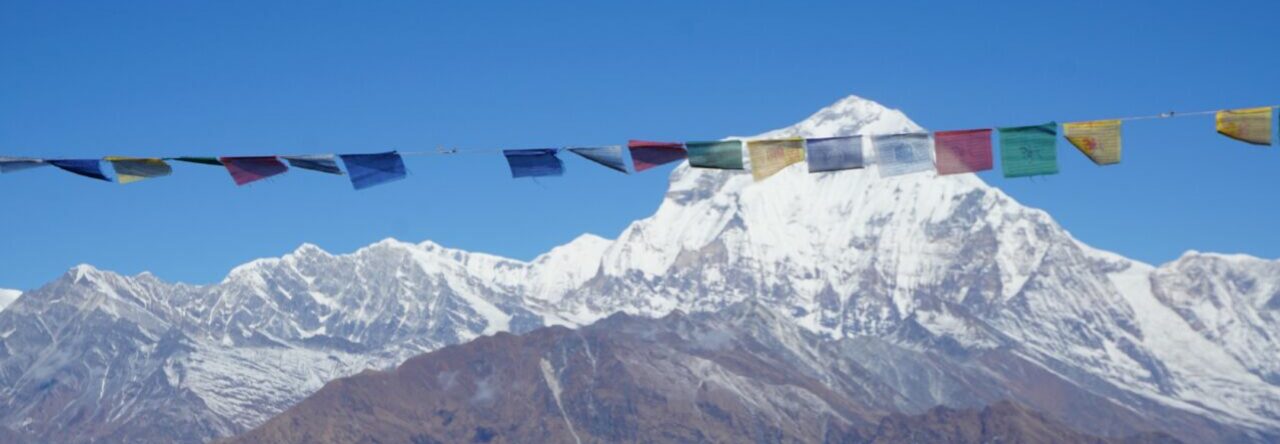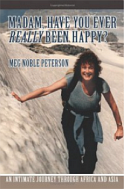The evening that I returned from northern Sweden, I received a call from an old friend, Dr. Alf Gabrielsson, a retired professor of music psychology at Uppsala University in Uppsala, Sweden, and a former member of the international advisory board of Music Education for the Handicapped (MEH), the organization Dr. Rosalie R. Pratt and I founded in 1980. He invited me to see the authentic production of Mussorgsky’s Boris Godunov at the ornate opera house in Stockholm. It was performed by an all-Russian cast and conducted by Valery Gergiev, artistic director of the Mariinsky Theatre in Moscow. He is something of a national hero in Russia, credited with keeping the theatre alive and ensuring that the opera and ballet continued to flourish after the fall of the Soviet Union. This company is one of the most celebrated and most recorded opera companies in the world. And I can understand why. I’d never heard such a powerful production of Godunov. Raw and brutal. It was not padded as it sometimes is in the West, but kept to the 2 ½- hour format of the original, which was one of its strengths. Afterwards, in the glow of this music, we walked for a long time along the bank of the river, enjoying the reflection of the streetlights in the water and renewing an old friendship. It was very quiet and there were few people. The buildings stood in the shadows like ancient ghosts guarding an ancient city.
From August 14 to 18 I delighted in getting acquainted with the nooks and crannies of Stockholm, an old-world city of immense culture and beauty. For me it has a flavor much like Prague. And it is stunningly clean, with men in bright uniforms picking up every scrap of paper throughout the day. They were not the usual bedraggled folks I saw in Asia sweeping the streets and cleaning up, but looked more like businessmen. Gullvi said that these people, along with waiters, bus drivers and other service providers are well paid. That’s why, when I tried to tip at a restaurant, she said this wasn’t necessary, nor the custom. There also are not the crowds I’m used to. I had to be reminded that there are only nine million people in all of Sweden and less than that in Norway.
What is unusual about Stockholm is the presence of water everywhere. The city is built on fourteen islands connected by a labyrinth of bridges, and you’re never far from Lake Malaren or the Baltic Sea. The archipelago in its entirety is comprised of more than 24,000 islands. (click here for pictures)
During most of Monday I searched for just the right tour, walking up and down the waterfront near the Grand Hotel and scrutinizing a plethora of different vessels from the ocean liners going from Stockholm to Finland—overnight party boats that have quite a reputation—to the imitation Viking boats that had “tourist” written all over them. I wanted to get close to the islands so picked an all-day Stromma Canal tour going to the outer archipelago through the Stromma Canal and ending up at the island of Sandhamn. This is considered the Mecca of the sailing community, and during the summer, avid sailors of all nationalities converge on Sandhamn to compete.
It was lucky I brought my umbrella and my Goretex jacket, for it started raining just as the boat pulled out of the harbor. Large dark clouds hovered ominously overhead, but nobody seemed to mind. We all sat on the upper deck and marveled at the skill with which the captain maneuvered the boat in and out of the many islands. Some of the waterways were only the width of the boat, with rushes and tall grasses bending into the water like diaphanous dancers as we passed.
When we reached shore we were treated to a tour of this isolated island, which reminded me a lot of Martha’s Vineyard or Cape Cod with no cars. We walked through narrow paths, past a one-room schoolhouse for the three or four children on the island. There was a lot of remodeling being done, but all kept to the architectural style already present. It was important to preserve the authenticity of the area, where the first homes dated from the 1700’s. Only about 118 people live on Sandhamn in the winter, with 2000 more coming in the summer.
During lunch, in a quaint thatched roof open-air restaurant next to the water, I became acquainted with a New Yorker of Greek descent, Vasily Kottas, who had taken off ten weeks to travel the world. A computer science expert from Harvard, he touted the unlimited possibilities of his new digital camera, which does everything but predict the weather. We bonded immediately, finding a common love of theater, New York, and travel. (click here for pictures)
The sun came out on our return trip and we got a chance to see some of the islands up close when the captain stopped to deliver mail or newspapers. Very strict rules are in place for the speed of the boats, with limits posted on large poles in the water. In some areas there were steep cliffs, with houses hanging on them, precariously, like fat worms hugging the rocks. Many were orange or yellow and made of cement or stucco in contrast to the island homes that were made of wood. Some call this outer section of the archipelago the Swedish Riviera—sumptuous houses, elegant landscaping, tall old trees covered with hanging moss, stately pines. (click here for pictures)
The day after returning from my island cruise was the first time I had ever downloaded digital photos onto a CD. Wow! Welcome to the 21st century, Meg. The owner of the photo shop recommended that I visit a quaint old section of town where artists and writers live “in tree houses.” What he meant was that the houses were made of wood. The boards were narrow, with two inches of raised wood in between each board. All were painted a dark red with orange tiled roofs. So different from the rest of Stockholm.
I started down the street, passing buildings of various architechtural styles—some modern, some with elaborate facades—all juxtaposed. And so many outdoor cafes, filled to the brim! Directly ahead of me on a hill stood a beautiful church. There were banks of stairs leading up to it, with children playing and parents using narrow metal runways to push their strollers or bikes down or up, something I had never seen. I got the feeling of going through a continuous small town, as I did in Cairo, with buildings in the four to five storey range.
The church was Sofia Kyrka named after King Oscar II’s wife. I was fascinated by its ornate beauty and spent some time talking with a young man at the reception area. He said that his mother was one of the priests and had been working with a Coptic church in Cairo, where they find it difficult to survive in such a strong Moslem society. While I was there an Estonian choir began rehearsing. They were a group of very bohemian-looking young people with a conductor full of fire and passion. I sat on one of the benches arranged in a semicircle and listened to the ethereal music, blending perfectly with the majesty of the grand organ. It had the haunting sonorities of orthodox liturgy—a clear, powerful sound I remember from my childhood, listening the Don Cozzack chorale made up of White Russians.
Once outside I wandered around the grounds, where families and couples were picnicking. A huge lawn led down a hill to the artist’s colony of red wooden houses and tiny stone walkways. That evening Gullvi and I walked around the high cliffs overlooking the water, ducking in and out of crooked streets with modest houses and colorful gardens. We looked down at the myriad islands I had passed on my tour of the archipelago, each one connected by a bridge. What a sublime city. (click here for pictures)

